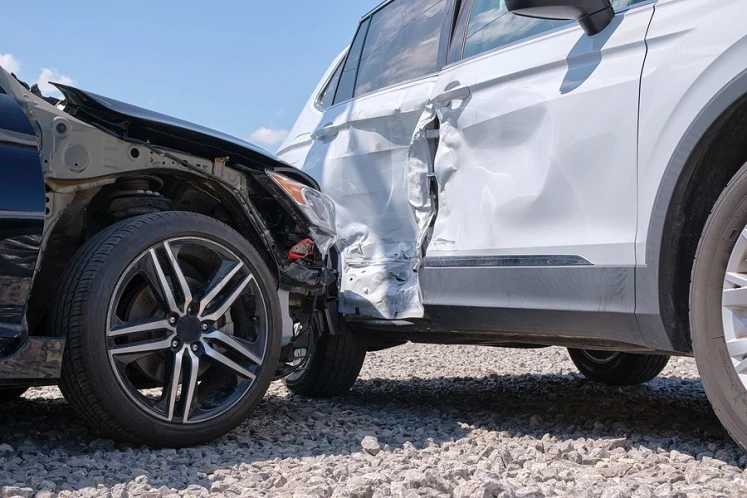
In Oklahoma, intersections are critical points where traffic laws play a pivotal role in preventing collisions and ensuring road safety. Understanding and adhering to traffic laws at intersections can significantly reduce the risk of accidents, injuries, and fatalities. Here’s an insightful exploration into why traffic laws are essential in enhancing intersection safety.
Importance of Traffic Laws at Intersections
- Right-of-Way Rules: Traffic laws dictate who has the right-of-way at intersections, clarifying which vehicles or pedestrians should proceed first. Adhering to these rules prevents confusion and potential collisions, especially in busy or complex intersections.
- Traffic Signal Compliance: Red lights, green lights, and yellow lights regulate traffic flow at intersections. Drivers must obey these signals to avoid accidents caused by running red lights or failing to yield when turning on a green light.
- Stop Sign Protocol: Stop signs require drivers to come to a complete stop before proceeding, ensuring that all vehicles have the opportunity to cross safely. Ignoring stop signs can lead to dangerous T-bone or broadside collisions.
- Yield to Pedestrians: Pedestrians have the right-of-way at crosswalks, and drivers must yield to them. Traffic laws emphasize pedestrian safety by requiring drivers to stop and allow pedestrians to cross before proceeding.
Impact on Intersection Collisions
- Reducing T-Bone Accidents: Clear right-of-way rules and adherence to traffic signals help prevent T-bone collisions, which often occur when one vehicle fails to yield at an intersection.
- Minimizing Rear-End Collisions: Proper compliance with traffic signals and stop signs reduces the likelihood of rear-end collisions caused by sudden stops or failure to yield.
- Enhancing Pedestrian Safety: Traffic laws that prioritize pedestrian right-of-way and require drivers to yield at crosswalks reduce pedestrian accidents and promote safer interactions between vehicles and pedestrians.
Legal Consequences of Violating Traffic Laws
- Liability in Accidents: Violating traffic laws at intersections can establish legal liability in accident cases. The party at fault for disregarding right-of-way rules or traffic signals may be held responsible for damages and injuries resulting from the collision.
- Insurance Considerations: Insurance companies evaluate accident claims based on adherence to traffic laws. Violations such as running red lights or failing to yield may impact insurance coverage and claims settlements.
Promoting Intersection Safety
- Driver Education and Awareness: Educating drivers about intersection safety and the importance of traffic laws through driver education programs and public awareness campaigns can foster safer driving behaviors.
- Law Enforcement and Monitoring: Police enforcement of traffic laws at intersections helps deter violations and ensures compliance, contributing to overall road safety.
Conclusion
Traffic laws serve as fundamental guidelines for safe driving, particularly at intersections where multiple vehicles and pedestrians converge. By understanding and obeying these laws, drivers can significantly reduce the risk of intersection collisions and promote safer roadways in Oklahoma. Whether through right-of-way rules, traffic signal compliance, or yielding to pedestrians, adherence to traffic laws plays a crucial role in preventing accidents and protecting lives. For those involved in intersection collisions, consulting with a knowledgeable personal injury attorney can provide guidance on legal rights and options for seeking compensation.
